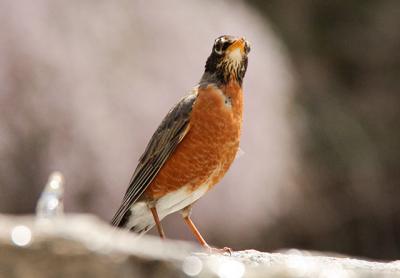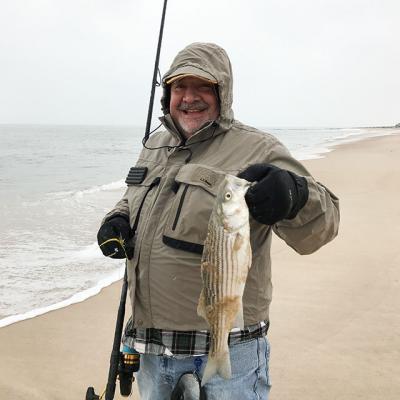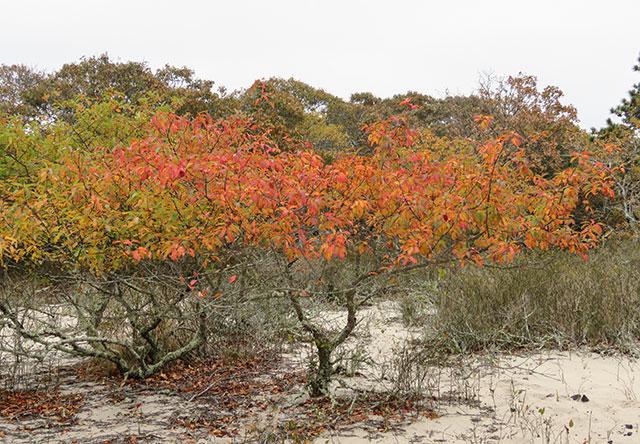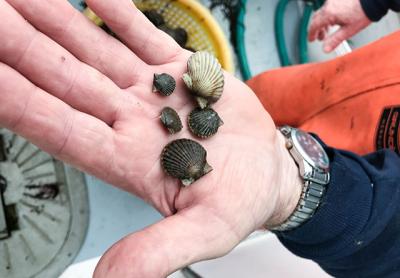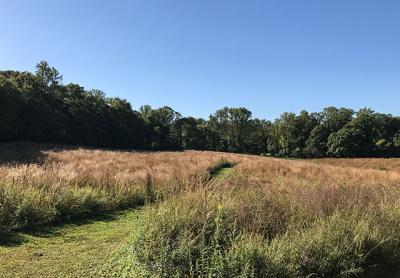New Water Test Sites Show High Bacteria
New Water Test Sites Show High Bacteria
Concerned Citizens of Montauk has released results of ground and surface-water tests for illness-causing pathogens from samples taken in January.
Four of the 13 sites in East Hampton scored high for the presence of enterococcus bacteria. One site had a medium score; the remainder were low.
The highest counts recorded in East Hampton were taken from a man-made swale behind the Methodist Church, across Montauk Highway from the East Hampton Post Office, which registered 1,010 colony-forming units, and at the Village Green bioswale, opposite the East Hampton Library, where 710 units were detected.
By comparison, medium levels were found at the Georgica Pond kayak launch off Montauk Highway and low levels were detected at Pussy's Pond in Springs.
The study was conducted by C.C.O.M. in partnership with the Surfrider Foundation's Blue Water Task Force.
The study is designed to establish a baseline of pollutants at individual sites over time. The information may be used to identify the sources of bacterial contamination and to develop effective wastewater management.
Water samples are collected monthly in Montauk, Amagansett, East Hampton, Sag Harbor, and in other Long Island areas.
In tests taken this month, the Methodist Church swale bacteria level had declined to 86 units, a medium level; the Village Green site remained in the high range, C.C.O.M. announced on Wednesday.
Other sites with high bacteria counts in the February tests were South Beach and West Creek in Lake Montauk and in the creek at Fresh Pond in Amagansett.
—
This article has been updated to clarify that the United States Geological Survey in not involved in the bacteria testing. The U.S.G.S. will be a part of a new project to try to identify sources of contamination in Lake Montauk.


